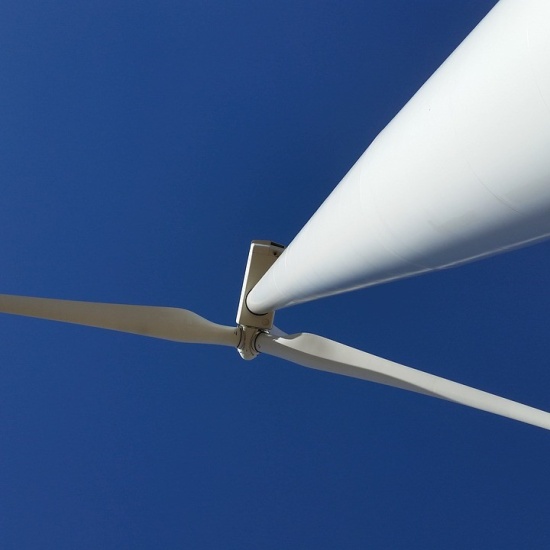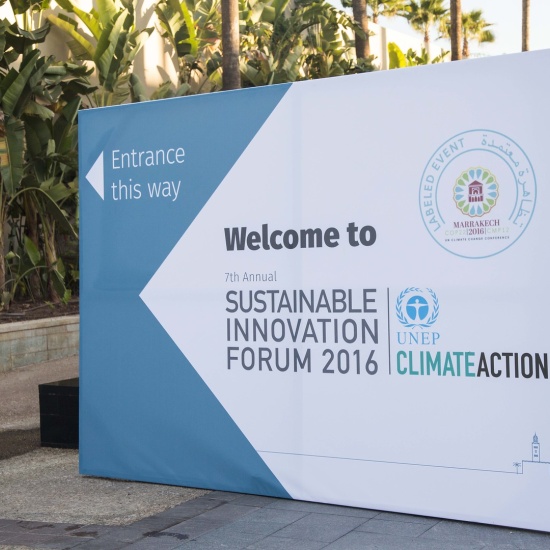Teaching Children about energy can be fun!
Over the last few years, I've been so excited and inspired to see school goers of all ages getting involved in Climate Action. We've all seen the climate strikes. This generation gets it.

However, the topic of energy, which has a huge impact on carbon emissions, isn't the most exciting thing for a primary school child to learn about. In my opinion, the best way to engage a child is letting them get their hands dirty and for them to see the topic of Energy as play, not learning. We have created some fun experiments you can try at home to make learning about energy exciting and memorable for your little one. All children (including my own boys) love to see things that go pop, fizz over and blow up. Here are two of my favourite experiments to try:
Experiment 1: Fizz, Pop and Bang
All you need to do is add water to an effervescent tablet, put it in a cylinder and wait for it to go pop. Try this one at home, but you might want to do it outside!
You need:
- One empty effervescent table container
- Water
- Effervescent tablets
- (Adult supervision)
Before you start, ask your child what they think will happen if you put a tablet and water into the container and close the lid? Then ask why they chose this answer. It's all about learning after all.
Method:
- Drop a ¼ of an effervescent table into the empty container
- Once the lid is closed, get them to start counting to see how long it takes to pop.
- Repeat with ½ tablet and then try it with a full one.
- Count how long it takes to pop and compare to the first one and ask them why they think it takes longer or quicker to pop
- Then you can go completely mad and try it with two tablets!
The science behind it
Mixing the tablet with water causes a chemical reaction. This releases the stored energy in the tablet as carbon dioxide which causes fizzing. Closing the lid traps the released energy. Pressure / gas begins to build up. When there is no more space in the tube the lid pops.
Experiment 2: Balloon Rocket
This one is great fun and will create some competition at home. Whose balloon will win the race? Don't forget to predict what will happen and always ask why.
You need:
- String
- Balloon
- Sticky tape (double sided if you have it but ordinary tape can work too)
- Drinking straw
Method:
- Thread the string through the straw
- Wrap half the tape around the straw. Swap direction of the other half to create double sided tape.
- Fold another piece of tape over itself to create double sided tape and attach it to the uninflated balloon
- Attach the balloon to the straw
- Get someone to hold the other end of the string or attach it to something
- Blow up the balloon and launch it
- See how quickly it can travel from one end of the string to the other.
- Why not have a race. Set this up for another person and see which balloon wins the race.
- What happens if you blow one balloon up more than the other or use different shaped ballons?
The science behind it
Blowing up the balloon gives it energy to move. The energy is stored in the balloon until you let it go.The stored energy (known as 'potential energy') changes to moving (wind) energy and flies down the string.
Have you tried any fun and unusual energy related experiments lately?#SEAISchools #ClimateAction @SEAI_Schools
Click to tweet (opens in a new tab)Energy is everywhere
Energy is all around us and by dropping the word 'energy' into everyday conversations e.g. save energy turn off the light, TV etc kids will begin to make the connection. You might see solar panels on a house or wind turbines in a field, point them out and explain to your child how they generate renewable energy, which doesn't release carbon emissions and creates a cleaner energy landscape for Ireland. If you enjoyed these experiments, we have a few more on our You Tube channel. You can also visit SEAI Schools for other activities you could do with your children at home over the next couple of months. If you do an experiment or create something energy related please share it with us on Twitter @SEAI_Schools



